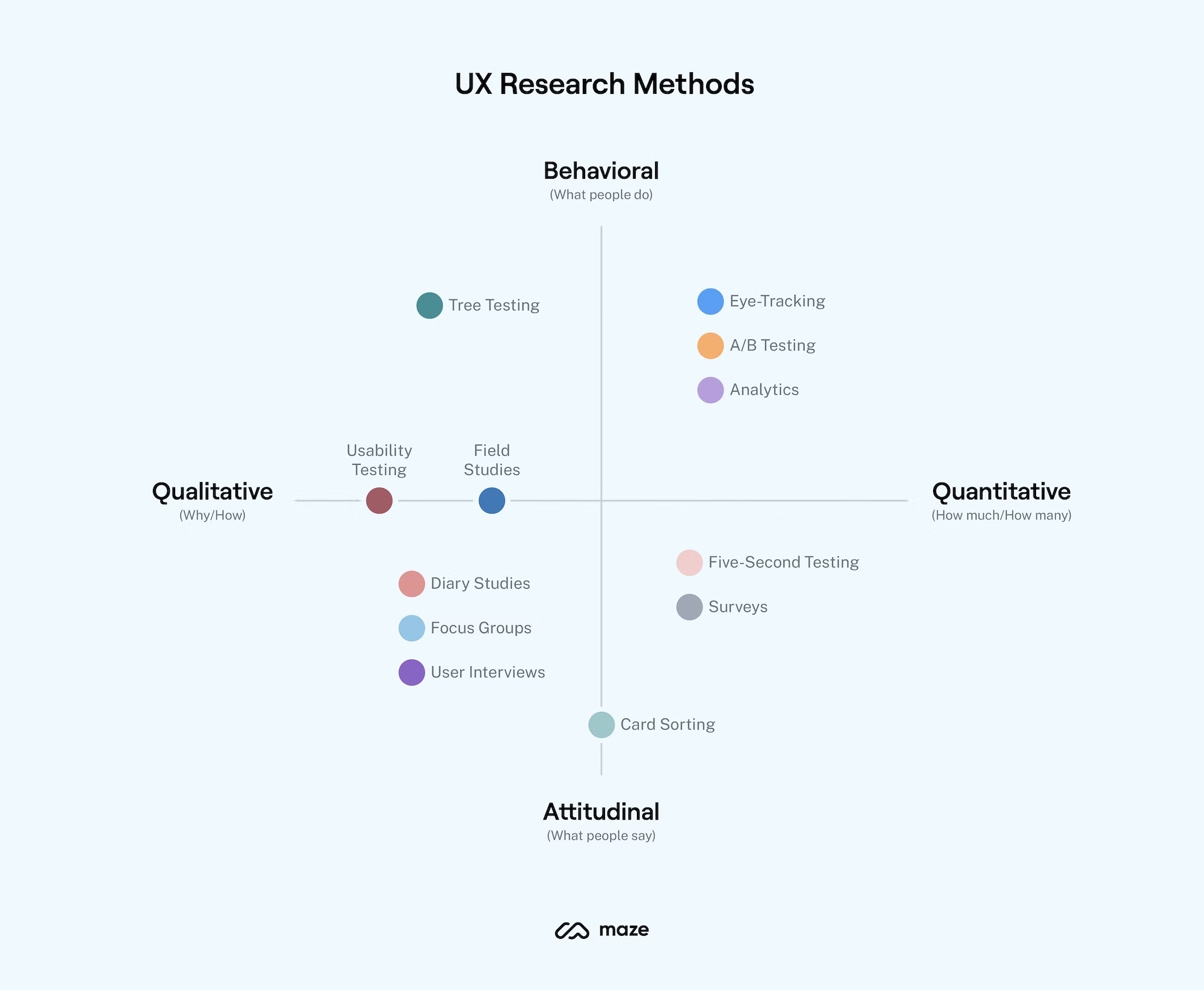
Becoming a great product manager is hard. Standout product managers not only understand their users and their problems but also know how to apply that knowledge to create solutions for them.
Even after you get that first job, things don’t get any easier. The road to becoming an outstanding product manager continues to be a challenging one. Because the responsibilities of a product manager are so broad and require skills in many different areas, it’s normal to feel intimidated at first. However, you can become stronger over time with the right amount of grit and determination.
Here are some tactics that will help you grow faster as an aspiring product manager than your peers.
Contents
Learn to speak your user’s language
Product management is a complex role that often spans various departments and teams. It’s not unusual for product managers to have to translate their product ideas between tech and marketing teams or for them to have to educate their stakeholders about user research findings. This makes it critical for product managers to build strong communication skills.
While communication is a general skill for most roles, effective communication for product managers is about more than reading a script. An effective product manager must build empathy with their users and translate that understanding into product features and benefits. That means understanding what the users are trying to tell you. But before you can share the message of your users, you need to listen. Depending on your product, you can hear what your customers say without needing to speak to them directly which is often a big hurdle.
Mobile App Reviews
If you work with a mobile app, you should create a routine of reading the app store reviews in the Apple App Store or Google Play Store regularly. I used to connect AppFollow, a tool to monitor and analyse app store performance, with a Slack channel. You can read reviews instantly and even share them with the team. Take your morning drink and skim through the latest reviews.
Sales or Customer Service Conversation
Your product connects with customers via a sales department or does your product offer a customer service hotline or email support? That’s your opportunity to gain more insights. Sales and Customer Service usually create reports on what they talk about, if not ask them to create them for you. If you recently built a new feature you can emphasise collecting feedback on this particular product area.
Customer Effort Score – Extended
Another great way to receive feedback is the Customer Effort Score (CES). The biggest advantage is that you integrate CES right after a user does a certain important action within your product. For example, you could ask the user for feedback directly after making a purchase. While the resulting information is limited to an average number you can use an extended version of the CES. Simply add a comment field to this short survey. You will get loads of feedback in relation to the specific action and beyond.
Define your process
There aren’t any standard processes for product managers since every company and product is different. This means that product managers must be flexible enough to adjust to the company’s existing processes while also innovating to add additional value. While every company has a different product management process, there are some best practices that you may want to adopt.
Important is that you reach a point with your team to deliver impact. You can do this easily with open communication and deep collaboration with all the relevant functions like engineering and design. Do not stick with agile frameworks for the sack of it and try to adapt them as you need. I wrote an entire article on why it is ok to cheat on frameworks to stay agile.
Become skilled at research
With so many tools and resources available, there has never been a better time to become skilled in product research. Whether you have a UX researcher available or not, work with your product designer to gain as many insights as possible.
Research sounds often so huge and time-consuming but in reality, you have many different ways to understand why people act in a certain way. Besides running in-depth user interviews two methods helped my team and me massively to get closer to the user.
Short targeted surveys
It is amazing how fast and how many responses you can get from your users when asking one or two questions only. Keep the number of questions to an absolute minimum and focus your survey on the essential feedback you want to receive. For example, we wanted to understand why users delete their favourites. With one multiple-choice question, we could pinpoint some user experience issues which gave us the leverage to further explore. You do not need fancy survey tools, simply direct the user to a Google Form or similar.
User Testing with prototypes
Another great way to get feedback early is to use prototypes to allow users to explore your new ideas. An extremely simple way was to turn the designs into prototypes and run short rapid user interviews. It is an asynchronous method to let users explore your prototype while being recorded. Usually, you’ll have answers within the next few days which means that they can be easily integrated into your design and product discovery process. Iterate as much before even thinking to build your idea. It saves development resources a lot.
Establish yourself as a product expert
Every company has areas that are underrepresented from a product management perspective. Those areas are a perfect opportunity for you to learn, grow and become an expert. For example, if your company has a mobile app but lacks a clear product lead for the app, you can start to look into that topic. You can build knowledge on the app store metrics and user reviews. You can run specific research for the app’s target audience or be informed on mobile best practices and updates from Google and Apple. The goal is to share your wisdom with the company and peers to earn authority.
Commit to constant improvement
Being a great product manager means constantly pushing yourself to improve. You’re always learning new skills, reading industry insights, and getting feedback from your team. This will help you stay up-to-date with the latest product management trends, while also ensuring you’re delivering the best product possible. With the right amount of grit, hard work, and determination, you can become a stronger product manager over time. With these tactics, you’ll be able to put yourself on the path to becoming an outstanding product manager.
